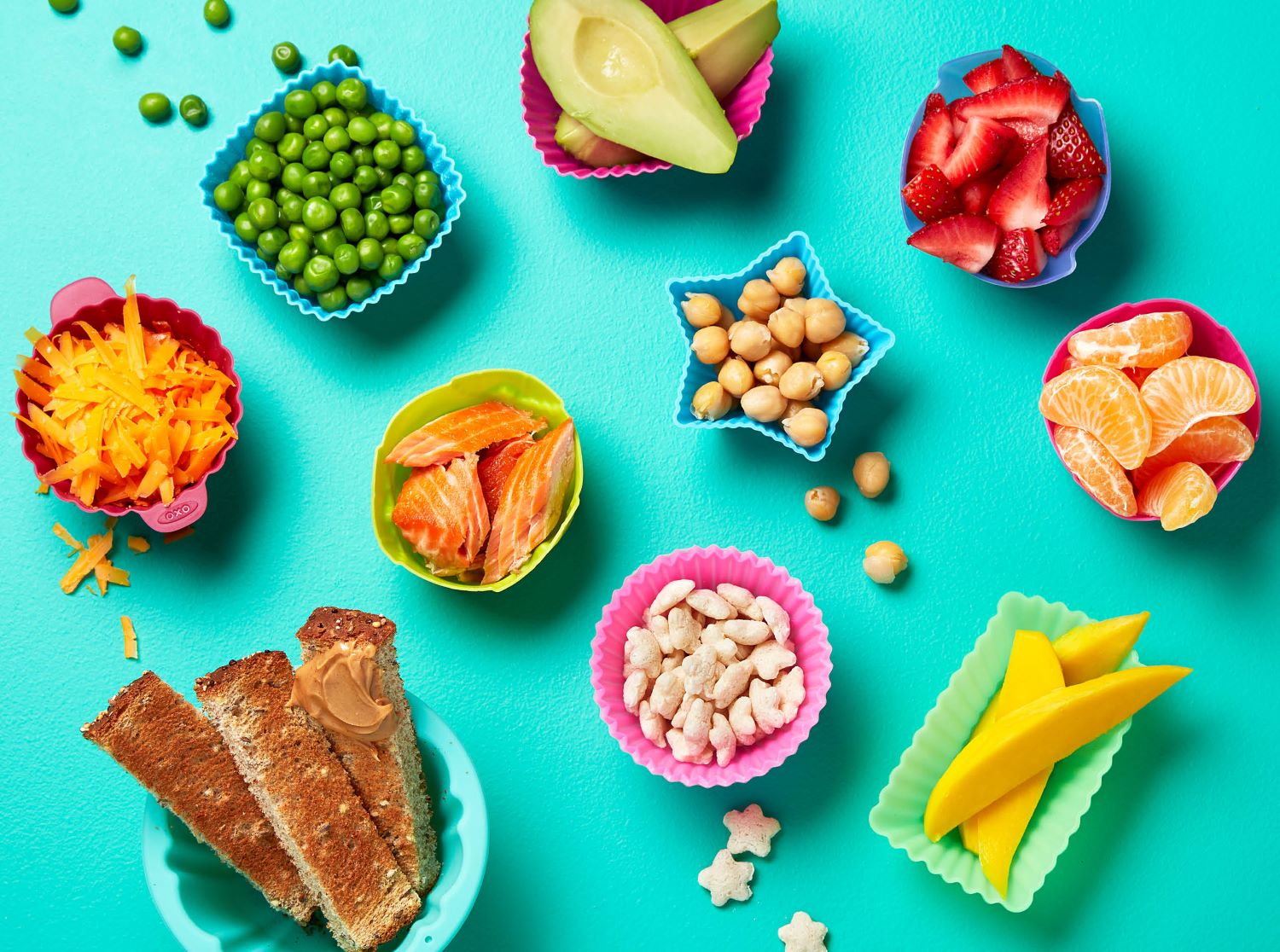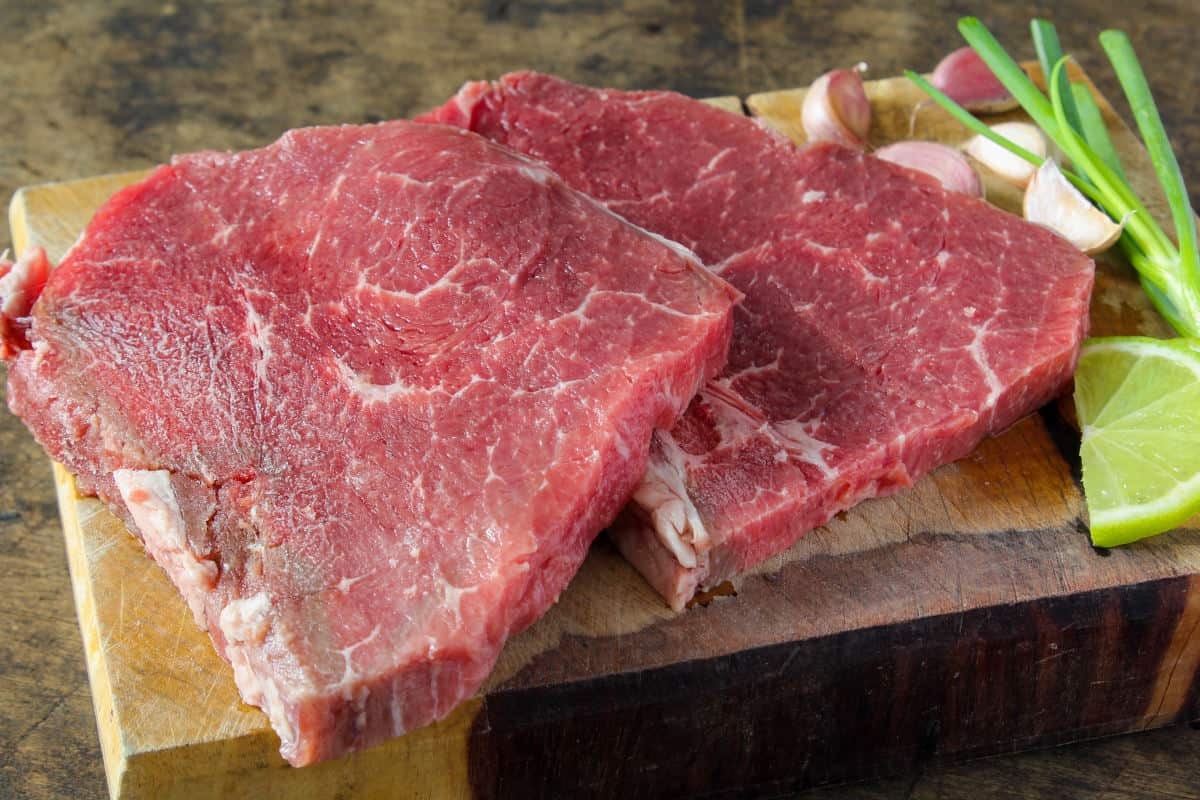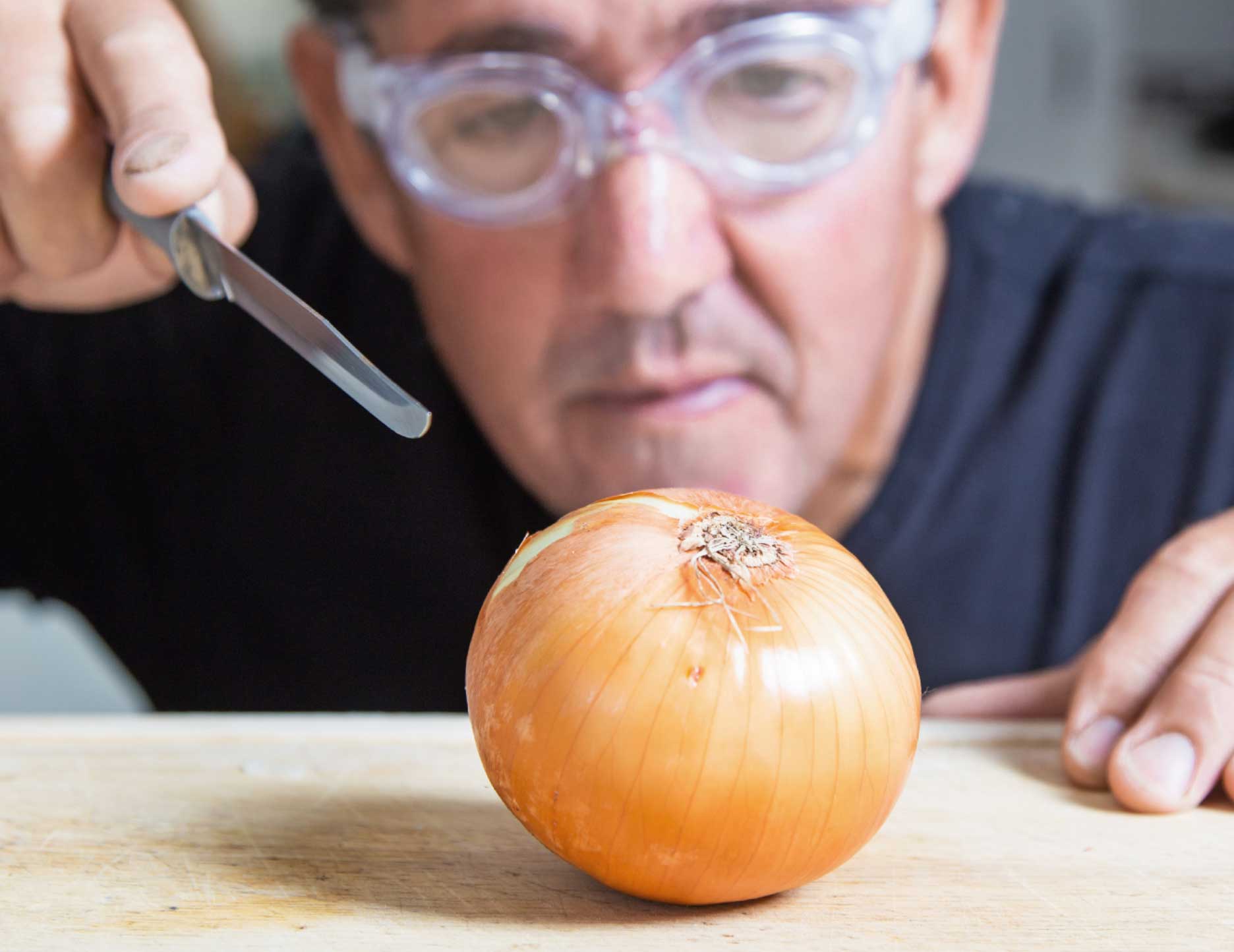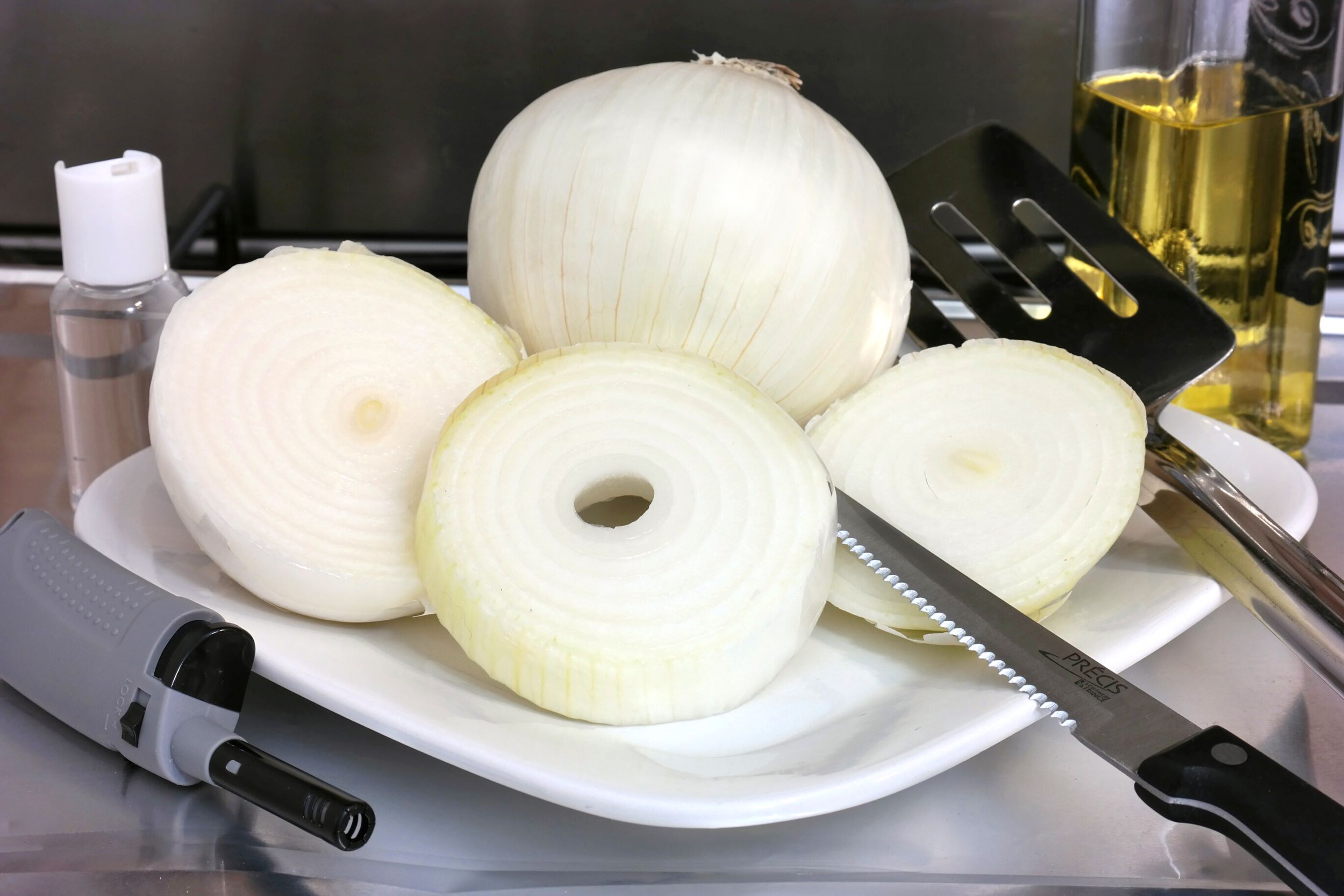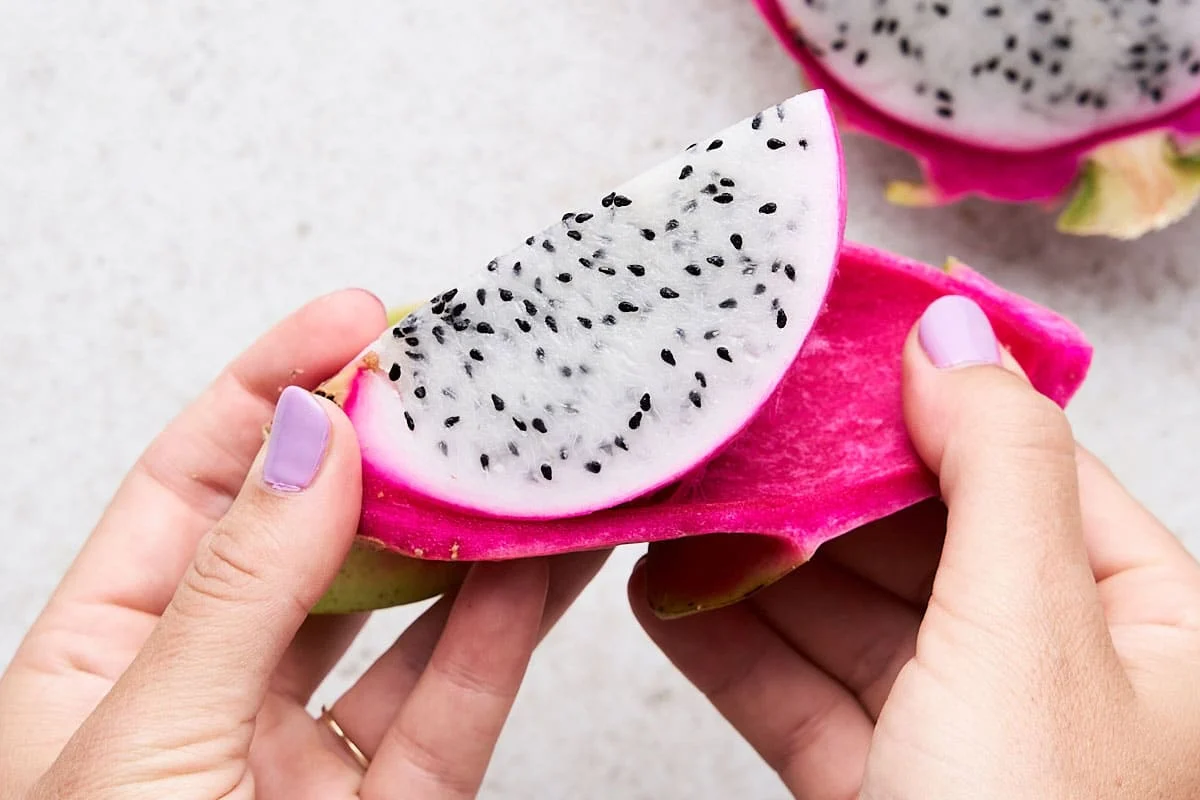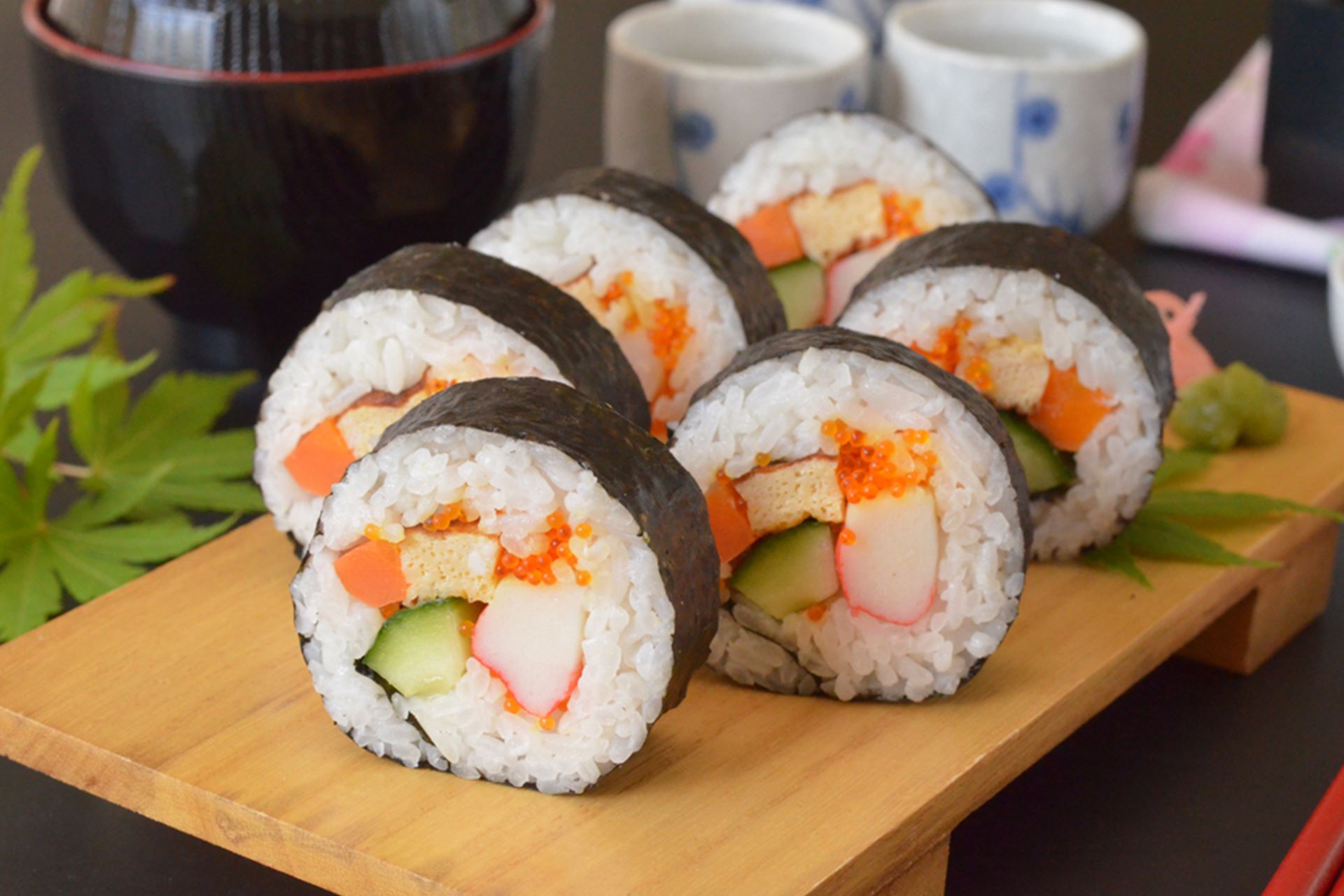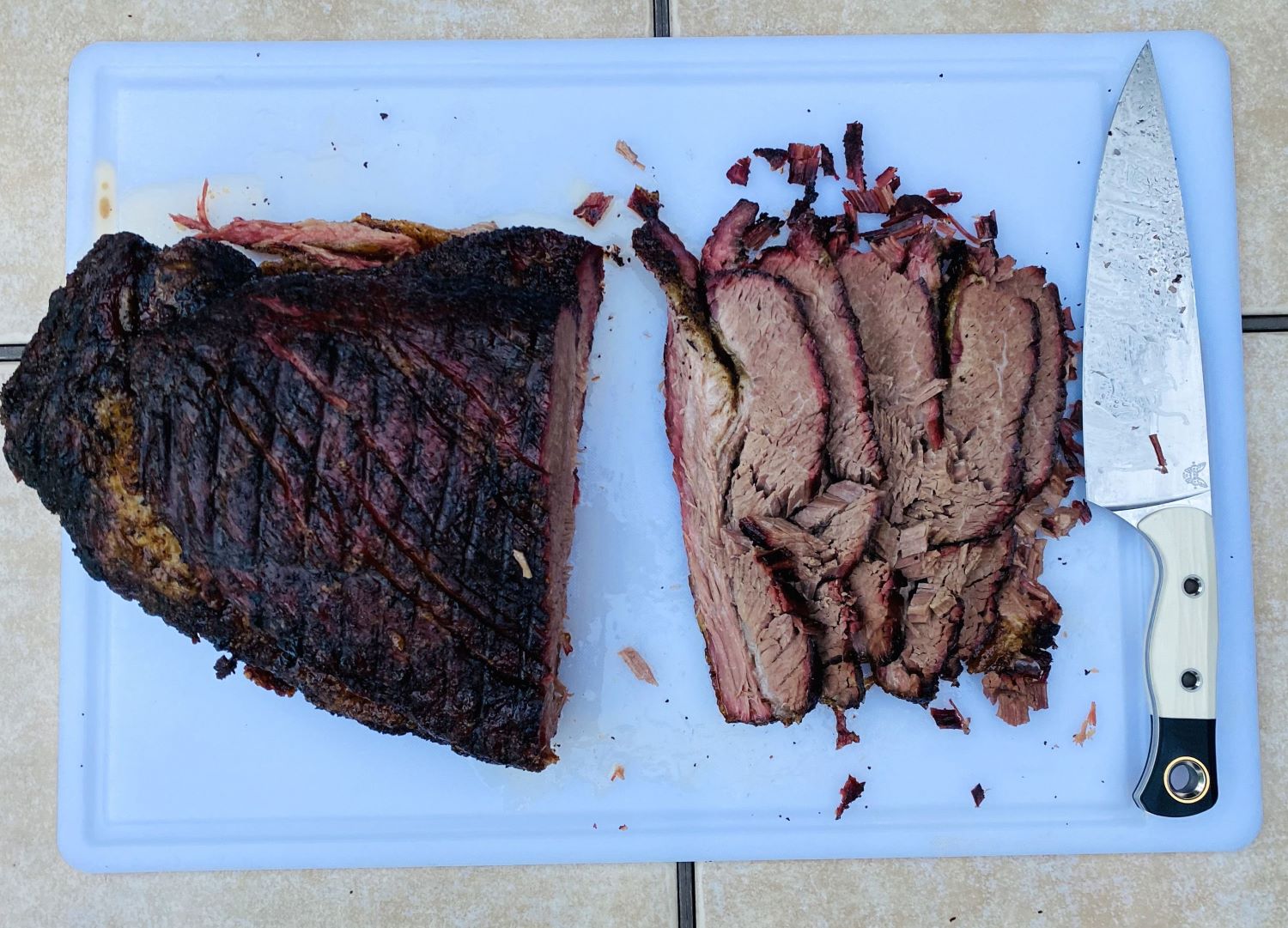How To Safely Cut Food for Your 8-Month-Old
Introducing solid foods to your little one is an exciting milestone! As your 8-month-old baby continues to grow and develop, it’s important to provide them with age-appropriate foods that are easy for them to eat. One key aspect of serving solid foods is learning how to properly cut them into safe, manageable pieces. Here are some helpful tips to ensure your baby’s meals are both delicious and safe:
1. Consider the Size
When cutting food for your 8-month-old, it’s crucial to keep an eye on the size of the pieces. The goal is to make them small enough to prevent choking hazards but big enough for your baby to grasp easily. Aim for bite-sized portions that can be easily smashed with their gums.
- Soft fruits and vegetables can be cut into small, easy-to-hold strips or cubes.
- Meats, such as chicken or beef, can be cooked until tender and cut into tiny shreds or small chunks.
- Pasta or rice can be cooked until soft and cut into tiny pieces.
2. Opt for Soft and Cooked Foods
At 8 months old, your baby may still be developing their chewing skills. To ensure easier digestion and reduce the risk of choking, focus on serving soft and cooked foods. This will make it easier for your little one to manipulate the food in their mouth and swallow safely.
- Steamed vegetables, such as carrots or broccoli, can be easily mashed or cut into small pieces.
- Soft fruits like bananas or avocados can be sliced into small, easily squished portions.
- Cooked grains like oatmeal or quinoa can be cut into manageable portions.
3. Watch Out for Foods to Avoid
While it’s essential to provide a variety of foods for your baby’s growth, there are some items you should avoid until your little one is older, to prevent any potential hazards:
- Avoid giving your 8-month-old whole grapes or cherry tomatoes, as they pose a choking risk. Instead, cut them into smaller pieces.
- Hard or raw vegetables, such as raw carrots or celery, should also be avoided until your baby is better able to handle them.
- Popcorn, nuts, and seeds should not be given to babies as they can be challenging to chew and swallow.
4. Be Mindful of Allergenic Foods
When introducing new foods, especially those known to be common allergens, it’s essential to watch for any signs of an allergic reaction. Foods like peanuts, tree nuts, eggs, fish, and shellfish should be introduced one at a time, in small portions, and carefully monitored for any adverse reactions.
Remember, always consult with your pediatrician before introducing new foods if you have concerns about potential allergies or need specific guidance.
5. Supervise Mealtimes
Lastly, it’s crucial to supervise your 8-month-old during mealtimes to ensure they are eating safely. Always be present and attentive while your baby is consuming solid foods, and encourage them to take their time and chew thoroughly.
By following these tips and ensuring the food is cut into appropriate sizes, you can help make mealtime a safe and enjoyable experience for both you and your 8-month-old!
Was this page helpful?
Read Next: How To Cut Food For 7 Month Old
